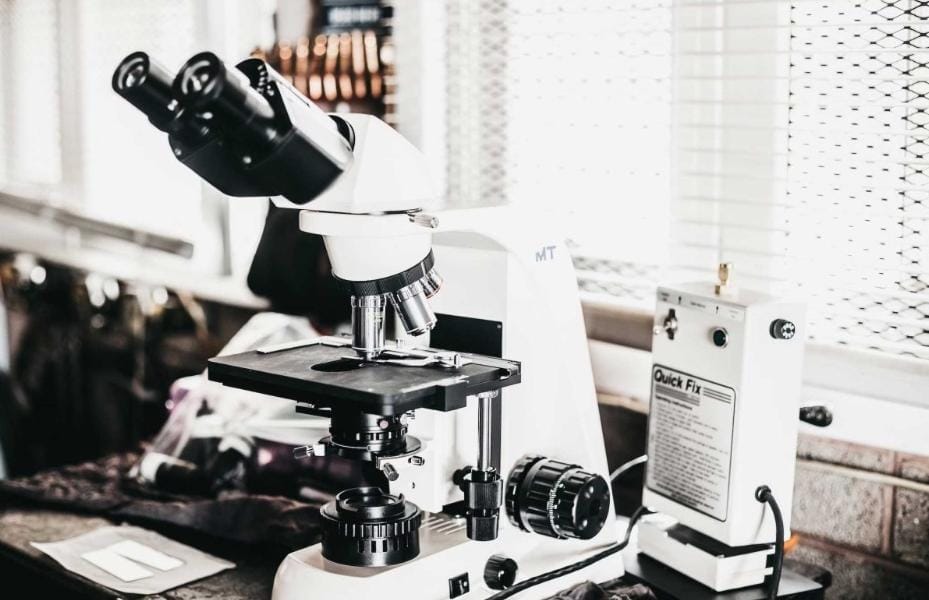Introduction: prototyping PCB
The electronics industry relies heavily on PCB (Printed Circuit Board) prototyping to test new designs before mass production. Prototyping is a broad field with various types and techniques available to meet different needs. This article delves into the complexities of prototyping PCB, examining the various varieties and illuminating the distinctive qualities that distinguish them all.

Prototyping using a breadboard:
The easiest approach to use and most suitable for beginners is breadboard prototyping. Without soldering, enthusiasts and engineers can rapidly build and test circuits. Parts are assembled on a breadboard with networked nodes that simplify experimentation and adjustments. Breadboard prototyping is great for rapid iterations but might be less reliable over the long term or for high-frequency circuits.
For more information visit https://www.pcbasic.com/pcba-x/prototype_pcb_assembly.html
Prototyping with Stripboards:
Veroboard, also known as stripboard prototyping, provides a more systematic method. This kind uses a copper board with parallel strips so parts can be soldered onto it. Compared to breadboards, stripboard allows for a more organized layout, which makes it appropriate for longer-term prototypes. It may present difficulties if adjustments are required.
Prototyping with Perfboard:
The use of perfboard prototyping creates a compromise between stripboard and breadboard techniques. It has pre-drilled holes that give soldered components a structure. Perfboard is a popular option for intermediate-level prototyping because it balances the stripboard’s organized layout and the breadboard’s flexibility.
Prototyping Single-Sided PCBs:
Making the Switch to Professionalism
Engineers frequently switch to single-sided PCB prototyping as their designs develop because it’s a more reliable and professional method. This entails creating a PCB layout with a single copper layer for the components. Single-sided PCBs are affordable and appropriate for simpler circuits.
Prototyping of PCBs with two sides:
Double-sided PCB prototyping becomes crucial for more complex designs. This kind uses two copper layers, which enables more complexity and improved connectivity. A more compact layout is possible by mounting components on both sides. Modern electronic devices frequently use double-sided PCBs.
Prototyping of Multi-Layer PCBs:
The highest level of sophistication is represented by multi-layer PCB prototyping. It supports intricate and closely spaced circuits by combining several copper layers divided by insulating material. Multi-layer PCBs, frequently found in high-performance electronics, provide better signal integrity and less electromagnetic interference.
Selecting an Appropriate Prototyping Technique:
The circuit’s complexity, the desired permanence, and the level of expertise all play a role in choosing the best prototyping method. While multi-layer PCBs offer precision and complexity, experienced engineers may prefer breadboard and stripboard prototyping as they are more approachablehem.

For more information visit https://www.pcbasic.com/pcba-x/prototype_pcb_assembly.html
In summary:
PCB prototyping is a dynamic and crucial step in turning a concept into a product that is ready for the market. Engineers, enthusiasts, and industry professionals can find what they need from the wide range of prototyping methods available at various stages of development. Every technique, from mastering the ease of use of breadboards to utilizing the technological power of multi-layer PCBs, is essential to pushing the frontiers of innovation in the rapidly changing field of electronics.









